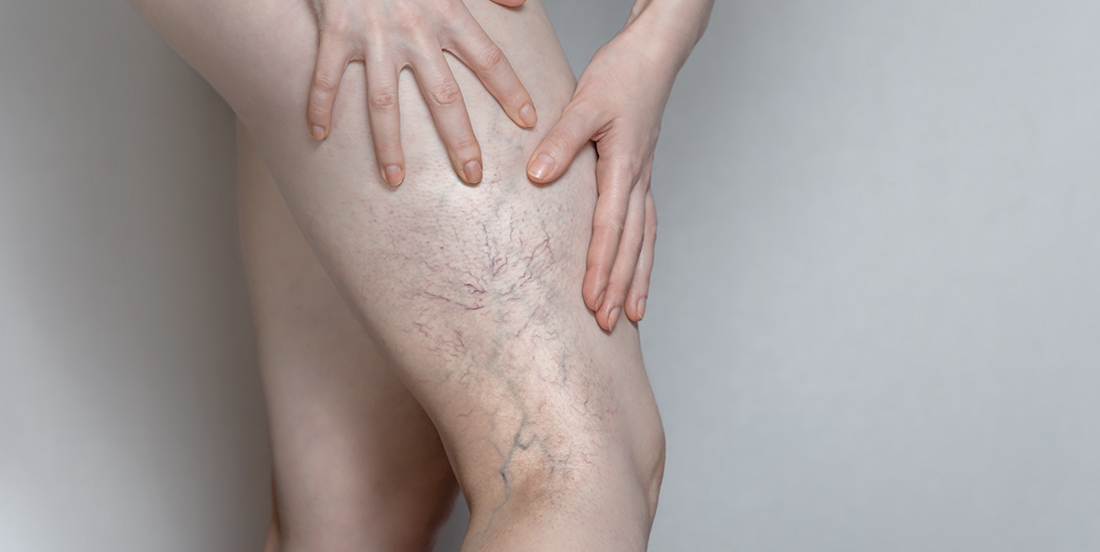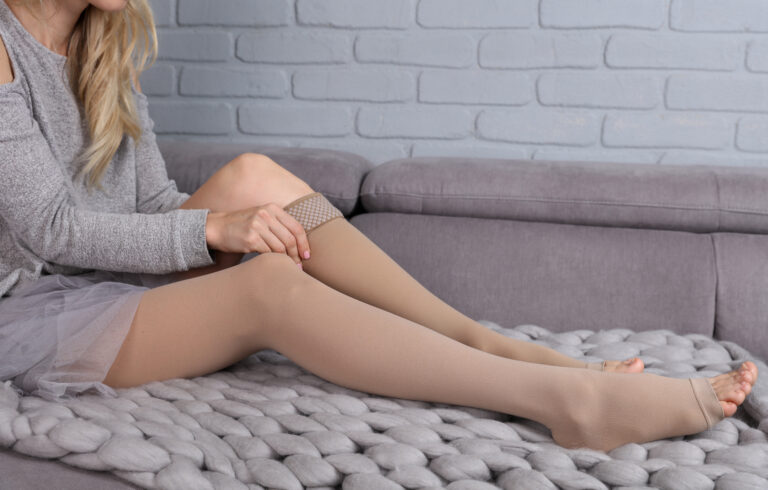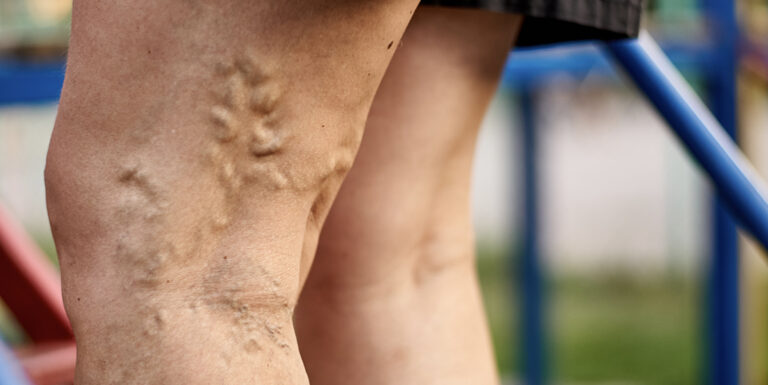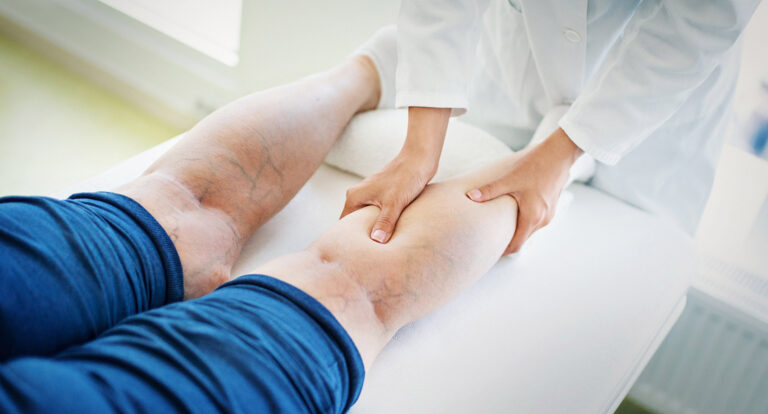What Causes Varicose Veins?
Veins function to transport blood back to the heart. In the legs, blood is transported back to the heart via a set of deep veins and superficial veins.
The calf muscle acts like a pump in both legs. Each time it contracts, it pushes a small amount of venous blood up the leg veins that travel to the heart.
When patients have varicose veins, the usual mechanism by which blood travels up the veins has been disrupted. This means that as the calf muscle pumps blood up through the thigh, some blood trickles back down into the vein. Over time, the pressure in the veins in the legs start to increase. This causes the veins to become more tortuous and look very bulgy (the so-called “worms” look).
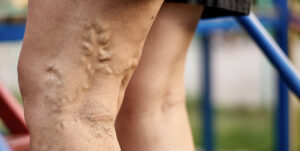
What happens when you attend the clinic?
The doctor will take a detailed history from you to better understand your medical history. The doctor will also perform an ultrasound scan of both your legs to
get a picture of what may be wrong with your veins.
What happens after you have had the scan?
Depending on the outcome of the ultrasound, the doctor will be able to advise you on what type of sclerotherapy treatment is most suitable for your veins.
What is Sclerotherapy?
Sclerotherapy is a treatment where the doctor directly injects a sclerosant into your small spider veins with the intention of getting rid of them. Sclerosants are substances that are designed to irritate the wall of the veins and cause them to close up and eventually disappear
